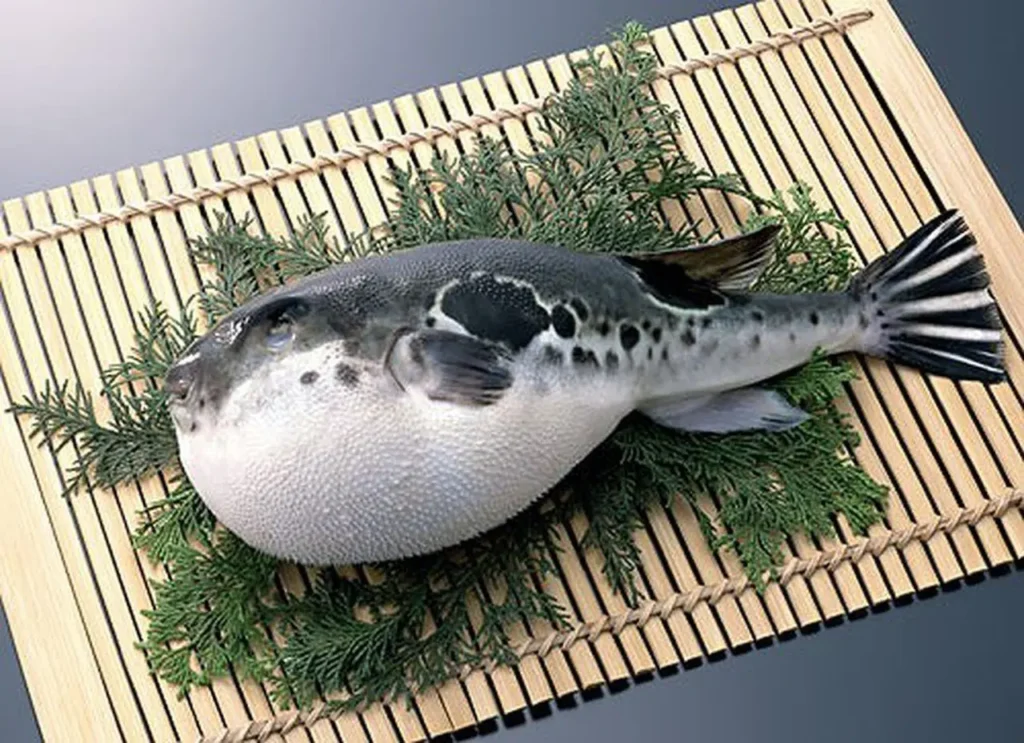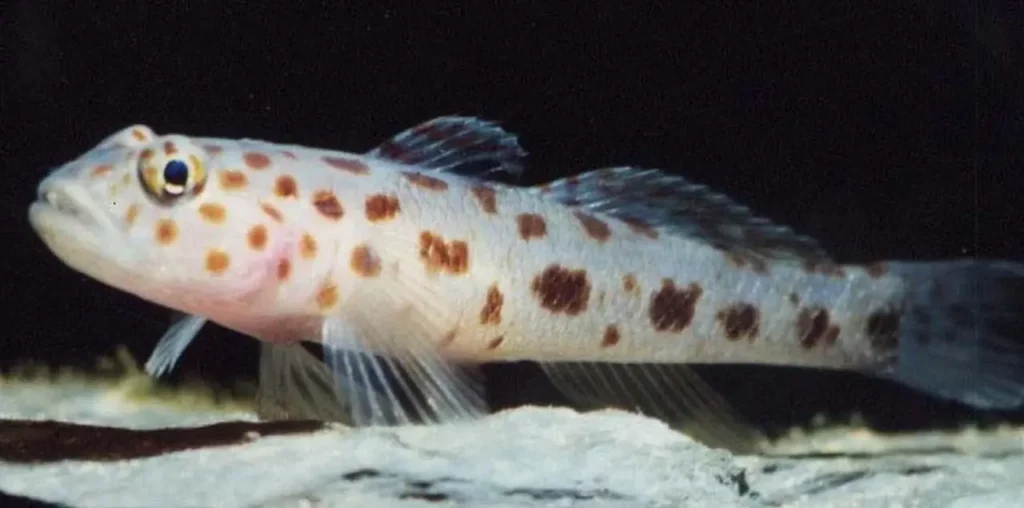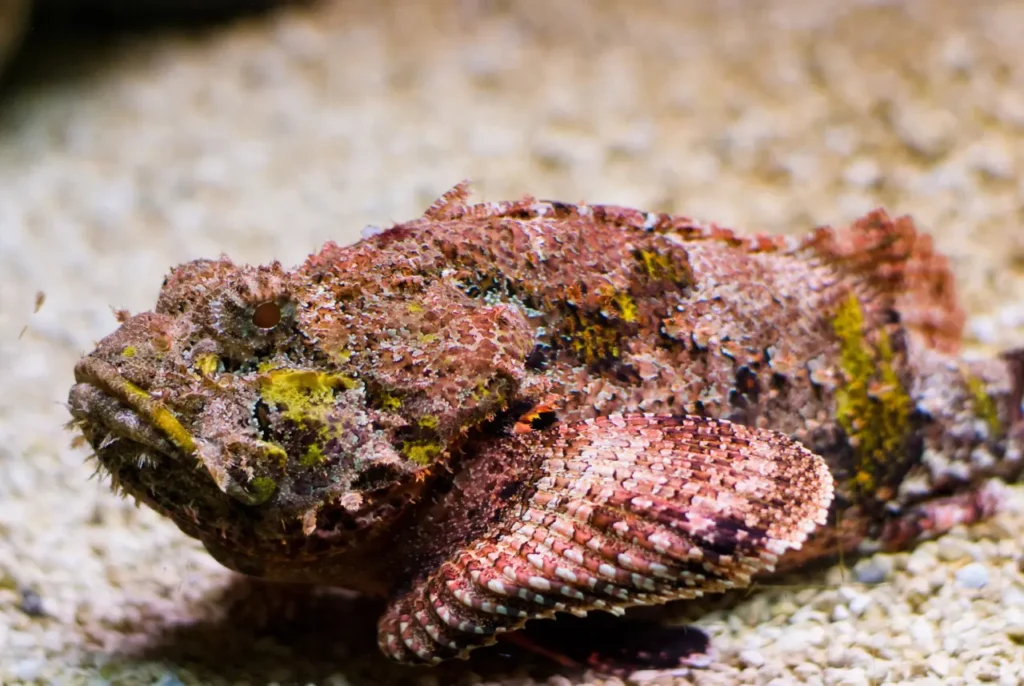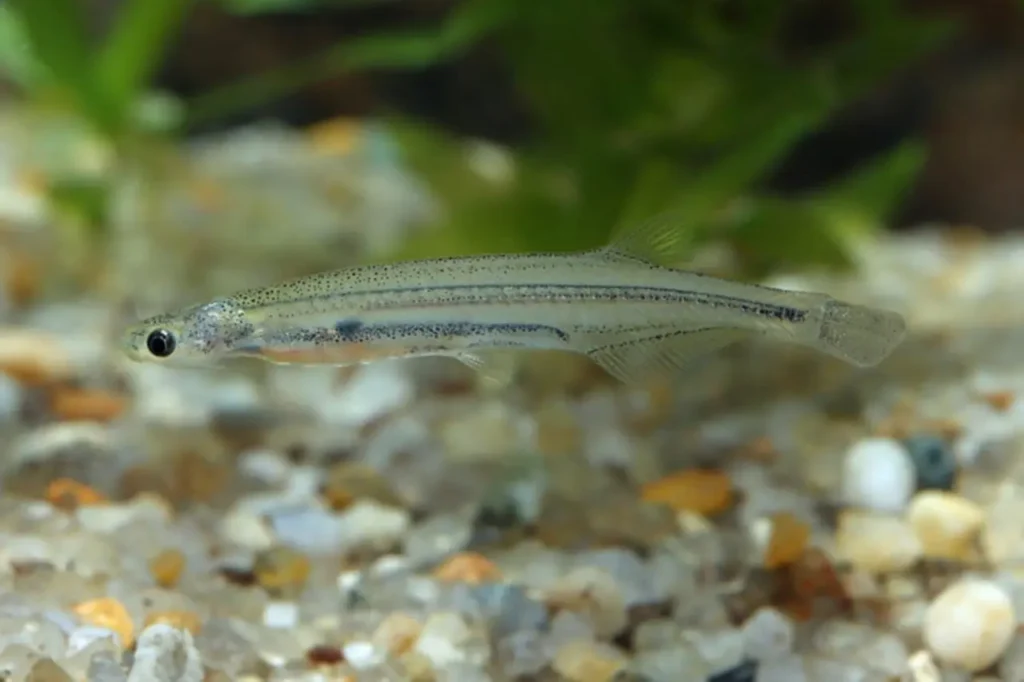The ocean is a world of colorful, graceful, and mysterious fish species. Some fish species possess potent toxins within their bodies as a defensive mechanism against predators or to attack prey. This also adds to their unique allure for humans. Let’s explore the top most poisonous fish species that can be harmful to humans in the following article.
Pufferfish
The pufferfish, scientifically known as Tetraodontidae, is also referred to as Swellfish or Blowfish
There are currently over 120 different species of pufferfish, and not all of them are toxic. However, the majority of pufferfish species contain toxins. Each species has varying levels of toxicity, ranging from mild to severe. The toxin in pufferfish is called Tetrodotoxin, which is 1,000 times more potent than cyanide and can rapidly cause the death of a healthy adult.
The toxin is present in various parts of the fish’s body, including the skin, internal organs, eggs, and seminal vesicles. The toxin in pufferfish is unique because it is formed by symbiotic bacteria living on the fish. The toxin is classified as a neurotoxin and is not destroyed at normal temperatures. It requires temperatures above 200°C (392°F) to be degraded. Therefore, even if pufferfish is thoroughly cooked, consuming it can still lead to poisoning and potential death if it contains high levels of toxin.
Pufferfish can be used as food, but the preparation process requires extreme caution. Chefs must undergo specialized training and obtain licenses to prepare dishes using pufferfish.

Cloudy Goby
This is a species of pufferfish found in the central coastal region of Vietnam. Their appearance is quite similar to that of the spotted pufferfish, which can lead to confusion.
The cloudy goby has a distinctive appearance with small brown spots scattered across its body, resembling clouds.
They carry Tetrodotoxin, similar to the toxin found in pufferfish, but in smaller amounts. The toxin content in cloudy goby is 275 times higher than that of cyanide. Like pufferfish, their toxins are not completely degraded at normal cooking temperatures. Therefore, even if you have properly prepared and cooked the fish, the toxins remain, and if consumed in high amounts, they can lead to death.

Toxic Spiny Stingray
The stingray is a species of fish that is not unfamiliar to humans, as people can prepare the meat of stingrays into enticing dishes. The toxin of the stingray is not present in its flesh or cartilage, but rather in the spines of its tail.
The spines on the tail of the stingray serve as its special weapons for attacking prey and defending itself. Stingrays do not normally attack humans, but in some cases, if we mistakenly provoke them, they can still retaliate against us.
The tail of the stingray contains a toxin that can cause cardiac arrest, respiratory failure, or other complications in the human body. The spines of the stingray are sharp and numerous, capable of piercing through our skin, and the toxins along the grooves of the tail act like needles injecting the toxin into the human body. If the spines are not properly removed, they can break into small pieces, causing harm to humans. The venom of a stingray can be lethal to an adult human.
Stingrays often bury themselves in coastal areas, and we may accidentally step on their tails. Therefore, if you visit beaches where warnings about the presence of toxic spiny stingrays are given, be more cautious when walking in those areas. If stung by a stingray’s spine, promptly seek the nearest medical facility for immediate treatment.

Devil Face Fish
The devil face fish, also known as the Stonefish, has a highly rugged appearance. It closely resembles dead coral, with extremely rough scales. It is classified as one of the “killer” fish species due to the venom it carries within the 13 spines on its back.
When we touch the spines on its back, the venom is released, causing extreme pain to the victim. If not treated promptly, it can lead to death. The venom sacs of the devil fish replenish their venom every 2-3 weeks.
Antivenom for the venom of the devil face fish is derived from the venom itself. In countries where the devil fish is present, such as Australia, the number of people stepping on devil face fish at beaches is quite high. Therefore, the antivenom is formulated as a way to help humans escape death when accidentally encountering this fish.

Candiru fish
The scientific name of this fish is Vandellia cirrhosa, and it is also known as the vampire fish of Brazil. It reaches a length of about 40cm when fully grown and has a small body, but its translucent nature makes it difficult to detect in murky waters. It is predominantly found in the Amazon region.
The main food source for these fish is blood, which is why they are referred to as vampire fish. They often burrow into the gills of larger fish to feed on blood, exhibiting parasitic behavior.
This fish is considered dangerous to humans because it can invade the body through the urethra of the male genitals. Once inside, it immediately starts feeding on blood, causing intense and excruciating pain. It doesn’t cause death through blood-sucking but rather induces inflammation and infection in the human body, affecting various related organs. In some cases, emergency surgeries may be required to remove them.

These were some of the most unique and toxic fish species we shared with you, hoping to provide you with interesting information. Some fish species with low toxicity are still chosen as aquarium pets due to their unique appearance. However, it is important to carefully consider the risks associated with keeping such fish.